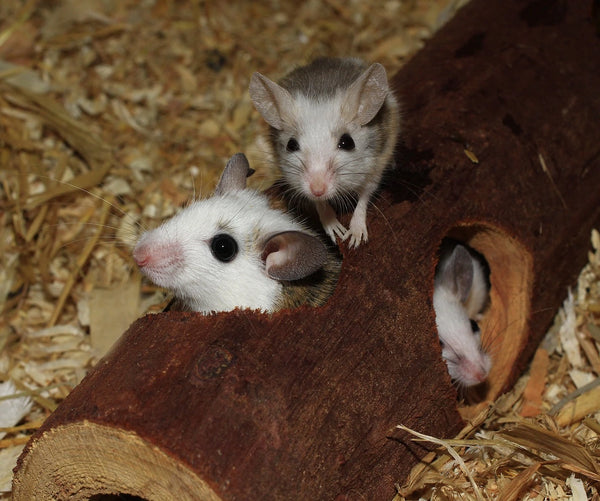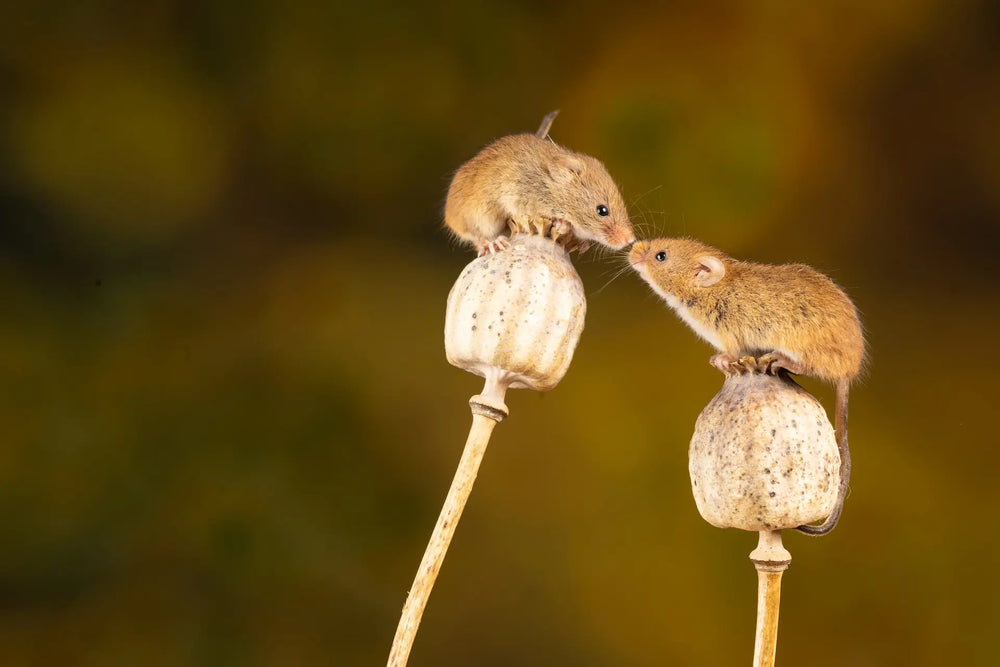Mice can be a real problem in the home, especially if they find their way into the attic or roof. Not only are they a health hazard, but they can also cause extensive damage to your property. In this blog post, we will discuss how to get rid of mice in roof and attic, as well as some prevention tips to keep them from coming back.
Mice in ceiling often get into homes through cracks or gaps in the walls and floors, or by other means such as open windows or even attached to items brought inside. Mice can also enter through improperly sealed roof vents and other openings. Once inside, they can cause a variety of problems and create an unwanted environment.
Is there evidence of mice inhabiting your roof?
If you have noticed droppings or noises in your attic or around the perimetre of your home, it is a good indication that there may be mouse in the roof.
Other signs include noticing gnawed wood outside where they usually enter as well as finding chewed insulation inside the attic. To make sure there are mice living on your roof, try ecofriendly solution. An ecofriendly solution for mice in the roof is to use the natural powers of mint. Peppermint and spearmint essential oils are an effective way to displace rodents from your home while keeping it safe and healthy. When using essential oils, it is important to note that real, natural oils should be used - synthetic fragrances will not have any effect. Cotton balls soaked in peppermint or spearmint oil can be left in cupboards and drawers as a deterrent, or alternatively, using a diluted solution of oil with water on cotton towels around entryways, such as window sills and door frames, will help keep rodents out of the house. The suggested ratio of 10-15 drops per 4 cups of water should achieve maximum results with this remedy.
How to get rid of mice in the roof
If you've noticed pesky mice running around your roof, the best way to get rid of them is by using an effective method of mouse control. Trapping the mice is one popular option that requires setting up humane traps in strategic locations around the house.
Additionally, removing any potential food and water sources from the area will help make your home less attractive to these unwanted critters.
Finally, sealing up and caulking any cracks or holes around the roof can help prevent further infestations since mice are skilled climbers. With a bit of effort, you can say goodbye to those mice scurrying about your roof - and stay free of them in the future.

What are the causes of mice in the roof?
Mice enter homes in search of food and shelter.
Mice are attracted to homes in search of food and shelter. They can squeeze through tiny cracks and holes to gain access to the inside of your home. Once they are inside, they will begin to build their nests and look for food sources.
Mice are attracted to food sources.
Mice are attracted to food sources such as grains, nuts, and seeds. They will also eat insects, frogs, lizards, and birds. If there is a food source that mice can access, they will likely be drawn to it.
Mice are attracted to warmth.
Mice are also attracted to warmth. In the winter months, they will seek out homes to escape the cold weather outside. Once they are inside, they will often nest in attics or basements where it is warm.
How to Get Rid of Roof Rats
- Check your roof for any holes or cracks that could allow mice to enter
- Seal up any holes with weatherproof sealant
- Install a metal mesh over any vents or other openings in the roof
- Keep bushes and trees trimmed back from the house so mice can't use them as a hiding place
- Store food in airtight containers and keep pet food stored away from the house
- Clean up any spilled food or water immediately, as it will attract mice
EnviroBug 360 Degree Ultrasonic Pest Repeller
Say goodbye to worrying over pesky mice infestations in your roof with the EnviroBug 360 Degree Ultrasonic Pest Repeller. This revolutionary device is the safe, humane and effective way to free your home of pests – no poisons or traps necessary!
Using cutting-edge ultrasonic sound waves, the EnviroBug repels all kinds of pests, including rats and mice – without making a peep that you or your pet can hear. Powered by either a USB plug or an optional 240 volts wall power adapter, it works 24/7 to send out high-frequency frequencies that irritate rodents from up to 370 square meters in an open area – keeping them out of your home and giving you some much-needed space for peace. Plus, it’s completely safe for cats and dogs, so you won’t have to worry about any uncomfortable side effects.
Make sure the space around your house stays pest-free with the hassle-free EnviroBug 360 Degree Ultrasonic Pest Repeller.
Conclusion
Mice are attracted to your roof because it is safe from predators, offers easy access to food and water, and provides Shelter from the elements. The best way to get rid of mice in your roof is by plugging up all their possible entrances with steel wool and expanding foam. You can also try a natural method like using mint plants or setting up ultrasonic sound devices. Finally, practice prevention methods like keeping your yard clean, sealing up cracks and crevices around the exterior of your home, and storing food in airtight containers.
FAQ:
There are several different methods on how to get rid of rats in the roof Australia households have been struggling with. The most effective approach is typically to plug up any possible entrances with steel wool and expanding foam, while also sealing up any cracks or holes in the roof. You can also try using natural deterrents like mint plants or ultrasonic sound devices, as well as practicing prevention methods like keeping your yard clean and storing food in airtight containers.
The best way to kill mice in an attic is to use a combination of trapping and exclusion. Trapping involves setting humane or lethal traps in the attic and then removing the captured rodents. Exclusion consists of sealing all potential entry points that allow mice into the home.
Mice typically forage for food in the attic, searching through insulation and materials such as paper or cardboard. They feed on a variety of items including nuts, seeds, grains, fruit, insects, and even small animals like birds or lizards. In addition to these life forms, mice may also nibble on non-organic items such as insulation from wires and pipes as well as chunks of foam from the furniture.











